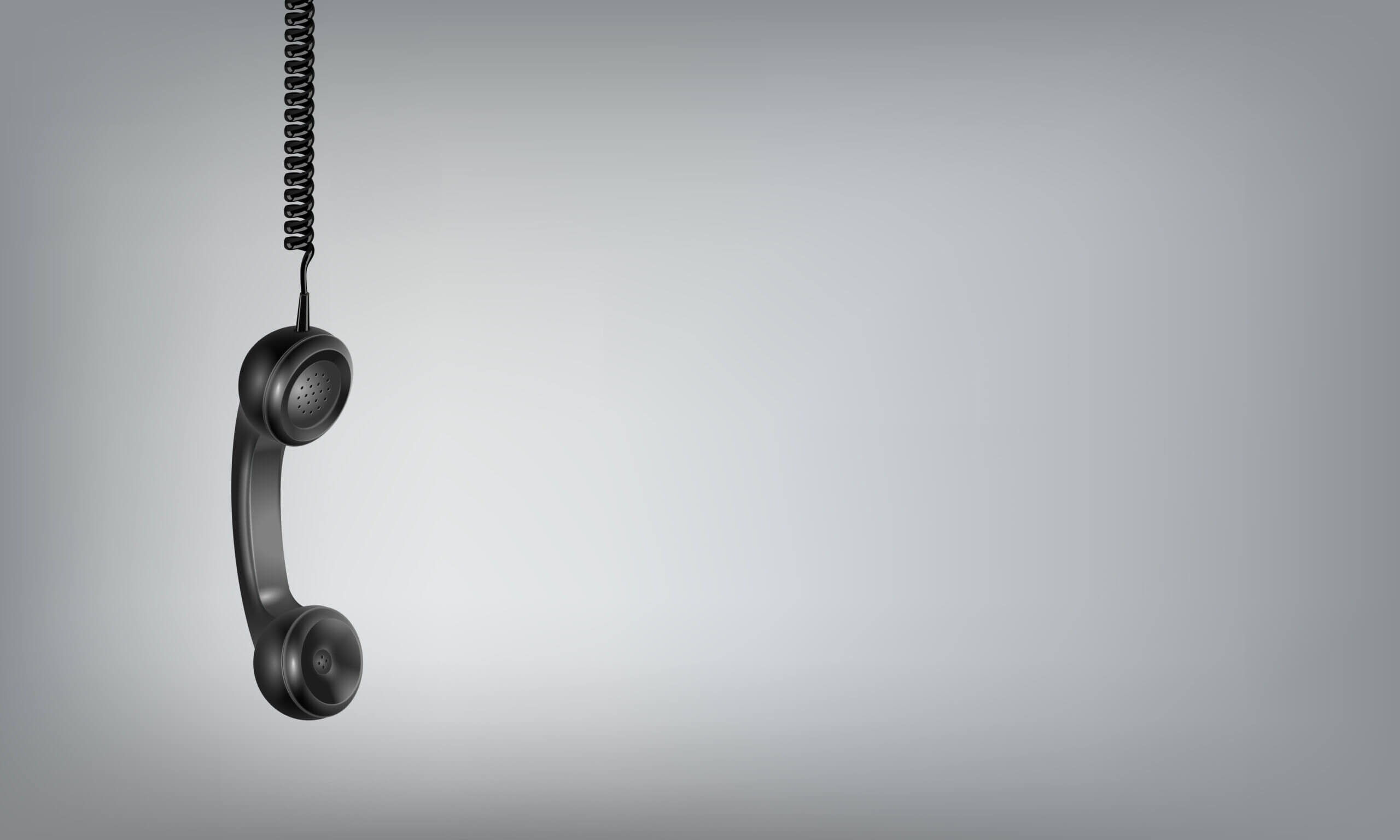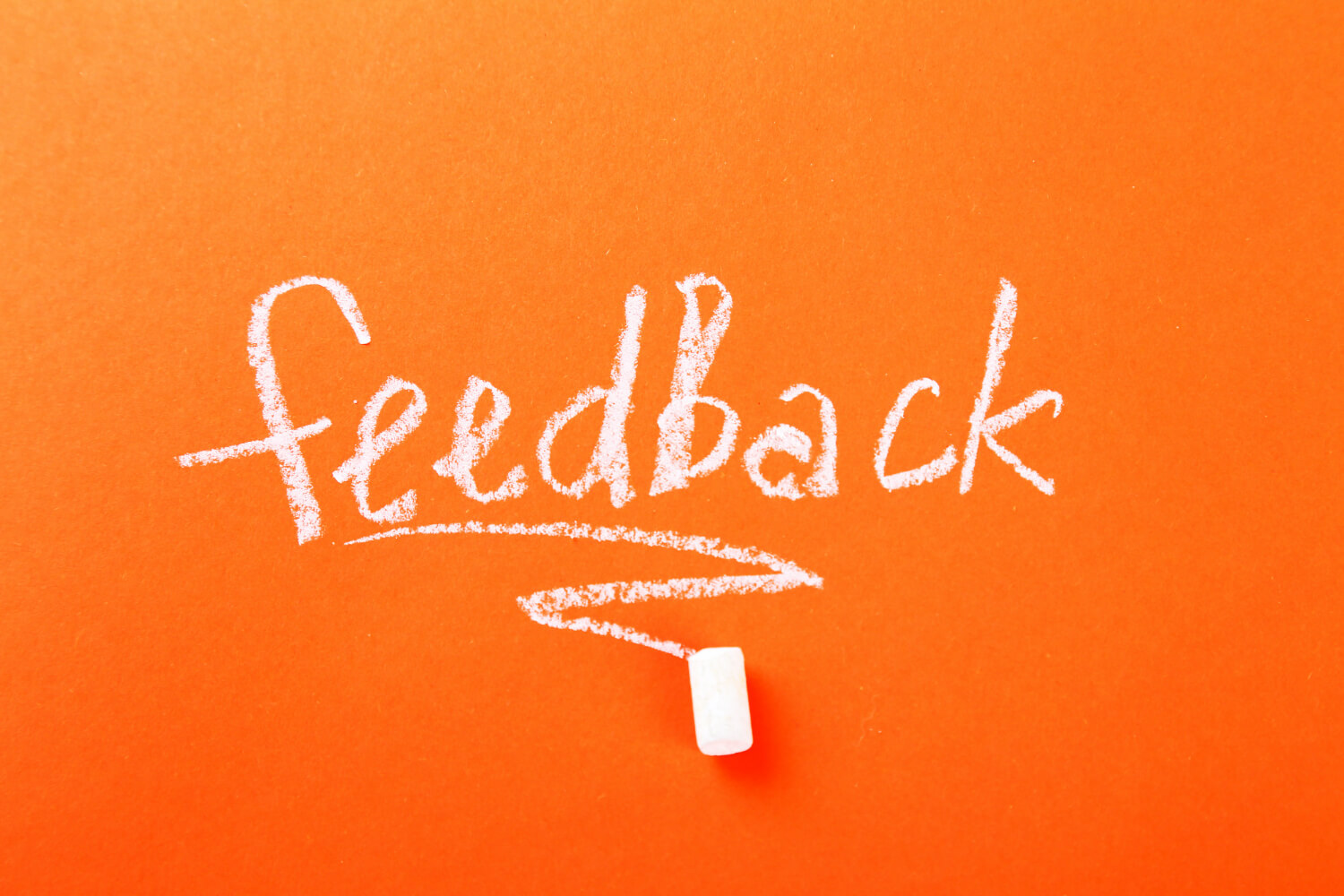Hello my name is….How to Introduce a Speaker
So it is your turn to introduce the speaker before your next meeting. Here are…
Our content is reader-supported. Things you buy through links on our site may earn us a commission
Never miss out on well-researched articles in your field of interest with our weekly newsletter.

Subscriber

So it is your turn to introduce the speaker before your next meeting. Here are…

How many meetings do you attend, or facilitate, in which you are speaking over the…

Recently I worked with a wonderful group of professionals, each wanting to be a better…

Is there anything worse than a joke that bombs? Or a punch line that misses?…

When should you try using humor in your presentations? Here are some situations where humor…

Isn’t humor great? Doesn’t it feel good to laugh? And aren’t presentations with a little…

Skilled presenters have a sense of ease about them. You see it on their faces,…

Ever hear the phrase; you can’t NOT communicate? I think it’s true, because even when…

We all know we probably could do a better job of listening. But have we…

Over time, as I heard and experienced similar audience behaviors, I developed and shared the…

Recently I attended a speech given by a brilliant but soft-spoken philosopher and author. Even…

Today we don’t use the phone just for conversations or to set up meetings; we…

Some of us are really good at giving positive feedback. Others are really good at…

People these days seem to be impatient, stressed and constantly rushed. As a result of…

You’ve been there. I sure have. Sometimes meetings and training sessions seem to drag because…

Are you able to speak clearly and with impact and authority, even when the stakes…